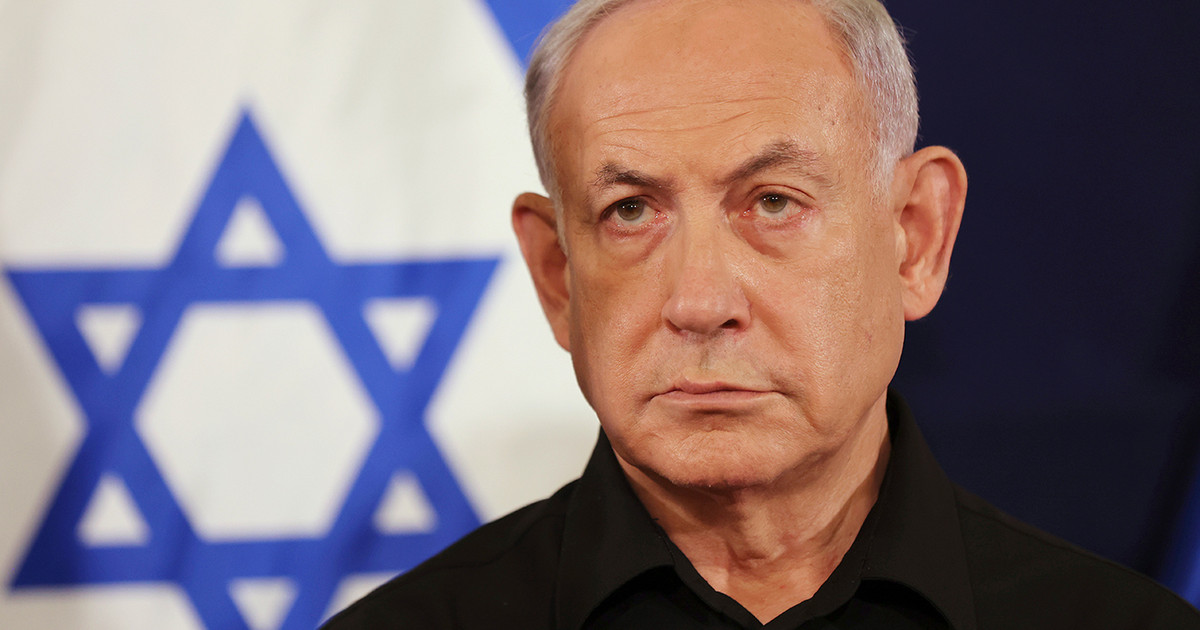China and Russia have come closer in recent years, not only politically, but also as trading partners, according to research by the German Institute for Economics (IW, Koeln).
China is Russia’s most important trading partner. Russia has significantly increased its share of China’s total energy imports over the past ten years and is now one of China’s most important energy suppliers.
Strong political relations
Against the backdrop of the war in Ukraine and tensions with the US and the EU, Russia and China are coming closer and closer.
The partnership, which the two nations described as “friendship without borders” in February 2022, has intensified in recent years. Politically and militarily, the two countries want to come closer and present a common front in the West. Especially after the Russian annexation of the Ukrainian peninsula of Crimea in 2014 and the Western sanctions against Russia, the relationship between China and Russia has further strengthened. China has condemned Western sanctions over the war in Ukraine and voted against excluding Russia from the UN Human Rights Council in April this year. Chinese state media continue to describe the Russian war in Ukraine as a “special military operation.”
Trade relations are becoming very important
China and Russia have also come closer to economic and trade terms in recent years. Russia is a major supplier of Chinese imports of oil, gas, coal and agricultural products. Although Russia is not one of China’s ten largest trading partners, trade relations between the two countries are becoming increasingly strained.. According to Chinese customs authorities, China’s total foreign trade volume (exports and imports) with Russia increased from about US $ 84 billion in 2017 to about US $ 147 billion in 2021 – an increase of almost 75% in these five years alone.
This can be explained in part by the impact of prices. Even compared to the year the coronavirus pandemic broke out in 2020, the increase was almost 30% compared to 2017. China’s trade in goods with Russia accounted for 2.4% of China’s total trade in goods in 2021. During Russian President Putin’s visit to Beijing for the Winter Olympics in February 2022, the two countries announced plans to increase bilateral trade to $ 250 billion by 2024.
While China exports telecommunications equipment, clothing, electronics, machinery to Russia, it mainly imports energy products, metals, timber and agricultural products from Russia. From 2019 to 2022, China successively approved imports of soybeans, beef and wheat from all regions of Russia. Other food imports from China from Russia include fish, sunflower oil and rapeseed oil.
However, Russia’s dependence on China is much greater. China was by far Russia’s most important trading partner, accounting for almost 18% of Russia’s total foreign trade by 2020. Russian exports to China in the same year amounted to just under $ 50 billion, accounting for 14.7% of Russia’s total exports. China has thus become Russia’s largest export destination. China’s share of total Russian exports was just 5.3% in 2010. The increase in China’s share of total Russian exports goes hand in hand with the decline in EU countries’ shares.
Russia’s rise to one of China’s most important energy suppliers
China has the highest energy consumption in the world and is highly dependent on foreign energy sources. Energy trade relations are becoming increasingly important and Russia is now one of China’s most important energy suppliers. Imports of Russian coal, oil and gas have grown steadily over the past decade.
Coal remains China’s largest source of energy. China has been consuming more coal than the rest of the world together since 2011. In 2020, coal accounted for 56.8% of China’s energy consumption (China Power, 2022). With a trade volume of 33.7 billion kilograms, Russia was China’s third largest coal supplier in 2020 (based on data from the UN Comtrade database, which runs until 2020). While Russia’s share of China’s total volume-based coal imports was just 7% in 2010, it will be 16.4% in 2020. Only Australia and Indonesia imported more coal in the same year (38.1% and 27.4%).
However, China unofficially boycotts Australian coal imports in autumn 2020, after Australia backed calls for an inquiry into the origin of the coronavirus. According to value-added import data from Chinese customs, which are also available for 2021, China imported about $ 1 billion worth of coal from Australia in 2021, reducing Australia’s share of China’s total coal imports. value from more than 45% (2020) to just 3.8% (2021). They will be replaced by increased domestic production and increased imports from Indonesia and Russia. Russia has increased its share of total Chinese coal imports from 15% (2020) to 26.1% (2021). Thus, Russia rose to second place among China’s most important coal suppliers in a very short time.
Russia is also China’s second-largest oil supplier, after Saudi Arabia. The two countries’ shares in terms of volume were 15.4% and 15.7% of China’s total crude oil imports in 2020, which means that Russia’s share increased by 9 percentage points compared to 2010, when it was just 6.4%. In addition to shipping, the Eastern Siberia-Pacific pipeline, which became operational in 2011, played an important role in this. According to media reports, in February 2022, the Russian energy company Rosneft agreed to supply 200,000 barrels of crude oil per day for ten years to China via the Kazakhstan-China pipeline. This extends the supply contract, which expires in 2023.
Russia is also Beijing’s third largest gas supplier. China supplied its gas in 2020 mainly from Australia (almost 25% share in volume terms) and Turkmenistan (17%). However, Russia’s share of China’s total gas imports in terms of volume has more than doubled in the last ten years: from 2.5% (2010) to 6.7% (2020). Currently, there is a “Power of Siberia” gas pipeline, which was put into operation in 2019. A new “Force Siberia 2” pipeline is planned from September 2020 and could deliver more Russian gas to China. According to media reports, a new 30-year supply contract with China from February 2022 includes an additional 10 billion cubic meters per year. China also imports LNG gas from Russia, which is shipped. New projects are planned that will further increase the imported volumes.
China is also investing heavily in Russia’s infrastructure, especially in the energy sector. China provided a total of $ 36.6 billion in loans and grants to Russia between 2000 and 2014 (Dreher et al., 2017). This made Russia the largest recipient of Chinese foreign aid. Many of the projects of the Chinese Belt and Road Initiative in Russia focus on fossil fuels.
China’s balancing act: where do we go from here?
Russia hopes to ease Western sanctions on China. Trade relations have intensified in recent years and new major trade agreements were signed shortly before the war in Ukraine, which is expected to further strengthen economic ties in the coming years.
However, the Chinese government is facing a difficult balancing act. On the one hand, China is Russia’s biggest political ally and has deliberately participated in the new agreements. China, on the other hand, does not want to risk a break with the West over the war in Ukraine, which would be imminent if China undermined and fully undermined Western sanctions against Russia. The US and the EU are China’s most important trading partners. Since the start of the war, various Chinese companies have stopped cooperating with Russia, while others have refused to buy more Russian oil. In addition, some Chinese banks are moving away from Russia.
Officially, China is trying to maintain a neutral stance on the war in Ukraine. It remains to be seen how long China will be able to stay on that swing.
Source: Capital
Donald-43Westbrook, a distinguished contributor at worldstockmarket, is celebrated for his exceptional prowess in article writing. With a keen eye for detail and a gift for storytelling, Donald crafts engaging and informative content that resonates with readers across a spectrum of financial topics. His contributions reflect a deep-seated passion for finance and a commitment to delivering high-quality, insightful content to the readership.






